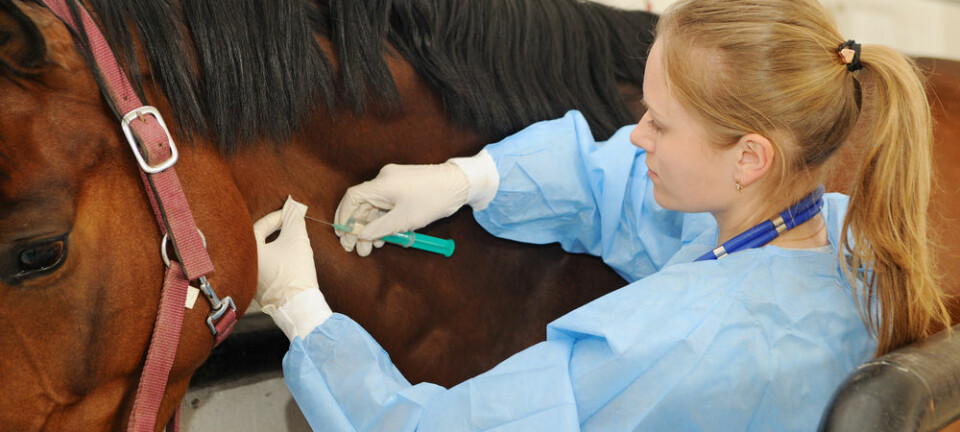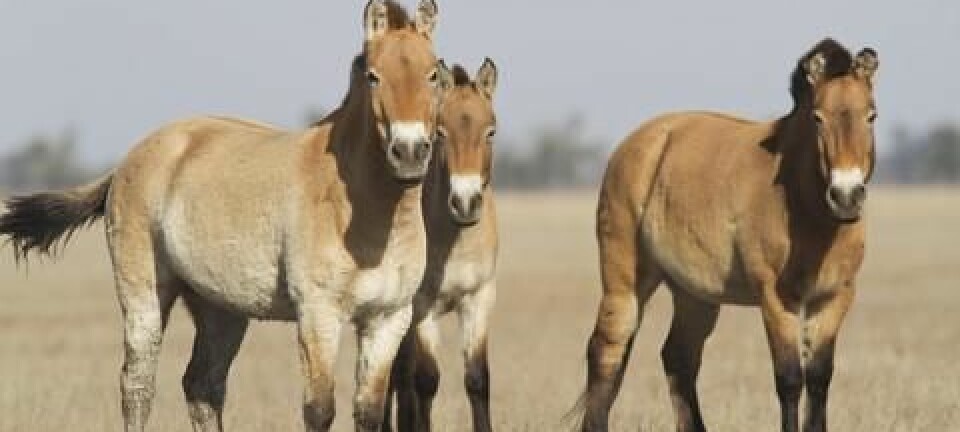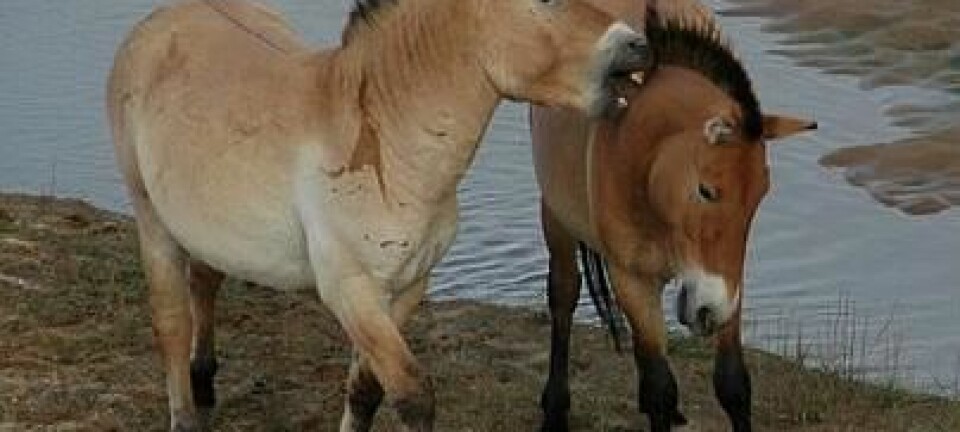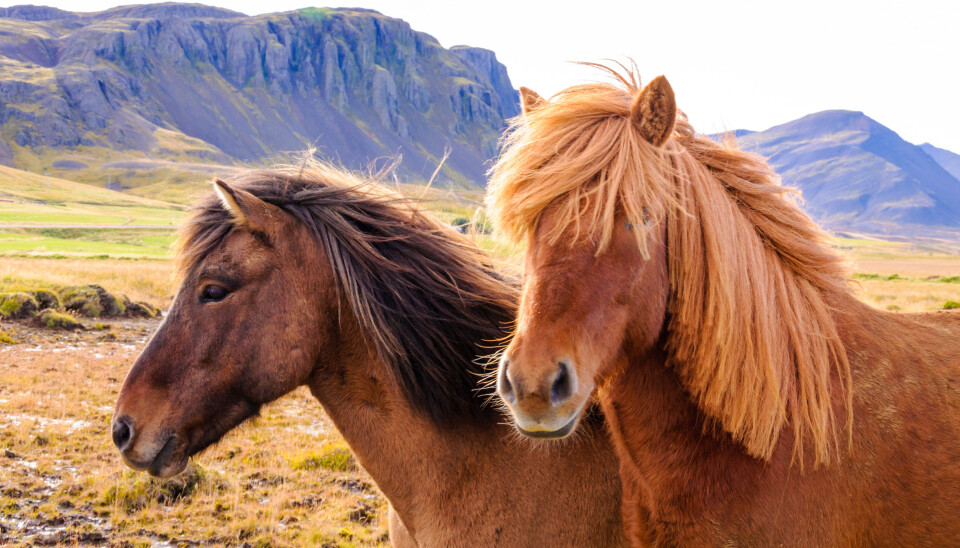
Icelandic horses carry heavy burdens
Icelandic horses have high heart rates and lactic acid concentrations during competitions and tests, Swedish study shows. “This is an indication of insufficient basic exercising of the horses,”says a Norwegian expert.
Icelandic horses are originally from Iceland, but they are very popular in Norway. Guðrún Stefánsdóttir of the Swedish University of Agricultural Sciences (SLU) has looked into what happens with these horses when put to work.
How does the horse react to various physical exertions? What role does a rider’s weight play?
These are some of the questions which Stefánsdóttir has tried to answer. Her study encompassed 266 horses, both mares and stallions.
Insufficient training in winter seasons
One of the issues Stefánsdóttir sought an answer to was how the horses react to a test of their running capabilities when being evaluated for breeding. In this test, the horse runs 2.9 kilometres at an average speed of 17.8 km per hour. Upon completion of this test all the horses had high heart rates and concentrations of lactic acid, or plasma lactate, in their muscle tissue. The stallions, however, had lower pulses and lactic acid concentrations than the mares.
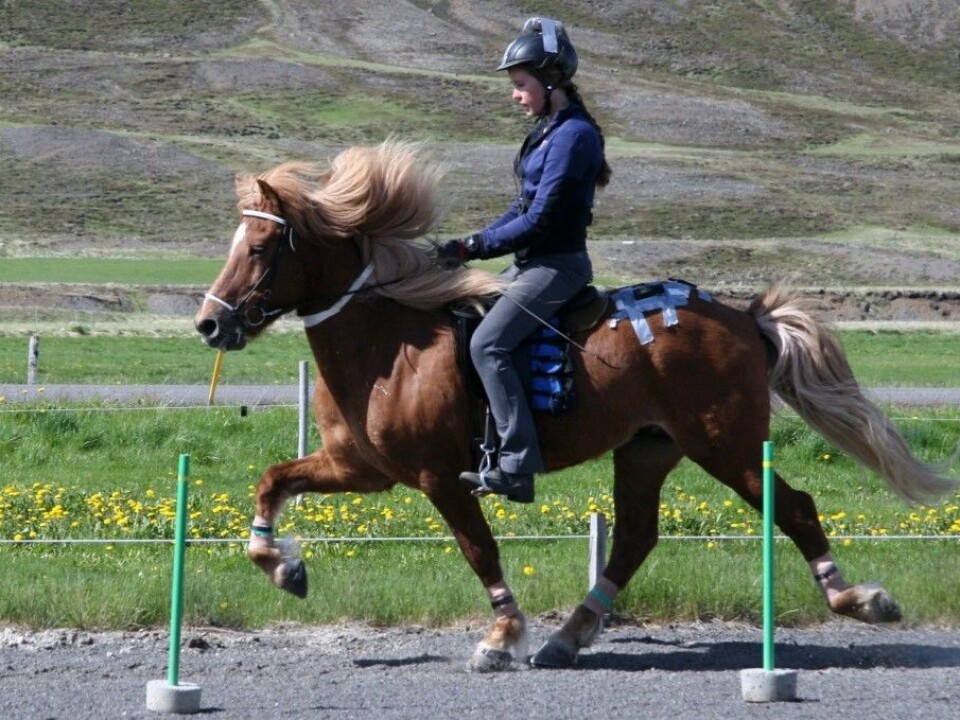
The results indicate how the horses should be trained to perform as well as possible.
“We should focus both on intensive interval training and endurance training,” says the researcher.
Erik Andersen, head of education at the Norwegian Icelandic Horse Association, agrees completely:
“In Icelandic horse circles it is much too common to let the horses rest entirely during the winter half of the year. All the intensive training is then concentrated in the spring and summer in connection with meets and competitions,” says Andersen.
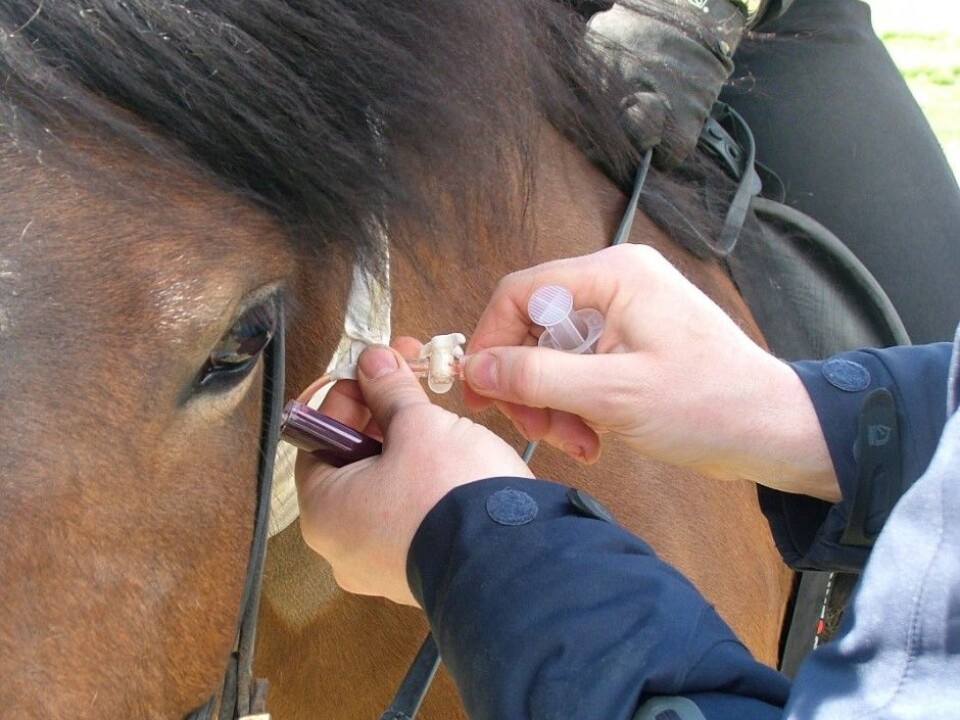
He has over 45 years of experience in training Icelandic horses and is also a riding instructor and competition judge.
Andersen recommends an increase in training in the autumn and winter months, both with long rides at low intensities and shorter intervals at higher intensities. But horses should also be allowed to recover more between meets and contests in the spring and summer than they are today.
Riders too heavy?
The Icelandic horse is relatively small, on average 140 cm tall and weighing in at 350 kg, but they are ridden by all sizes of adults. In equestrian circles, people discuss whether it’s a good idea to let adults ride Icelandic horses. Stefánsdóttir has investigated how the horse is physiologically affected by the weight of the rider. Stefánsdóttir altered the riders’ weights from 20 percent up to 35 percent of the horses’ own weights.
The results of the tests showed that the heart rates and concentrations of plasma lactate in the horses’ muscles increased when riders were heavier. The size of the horses’ back muscles also had an impact. Horses with more powerful back muscles were more capable of riding faster and further with heavier riders than horses with narrower backs.
“This shows in turn that good basic training is important for Icelandic horse performance. The Icelandic horse should not carry too heavy a load on a daily basis, but unfortunately their riders are often much too heavy,” says Andersen. He says the maximum weight of a rider should be one quarter of the horse’s weight.
-------------------------------------
Read the Norwegian version of this article at forskning.no
Translated by: Glenn Ostling
